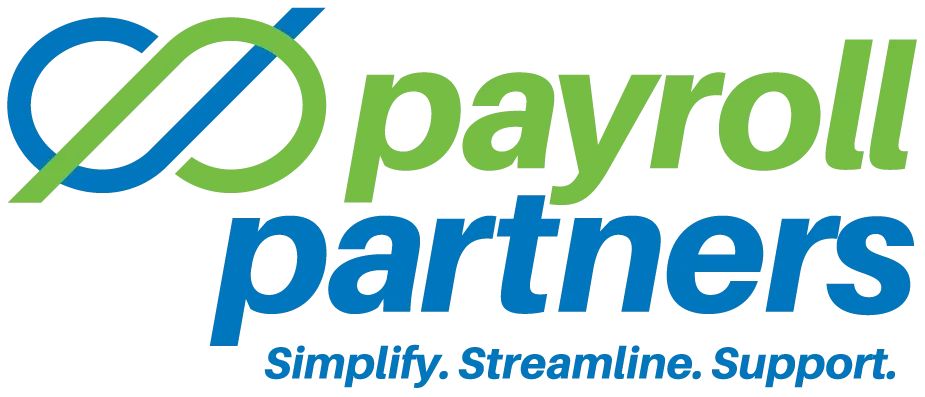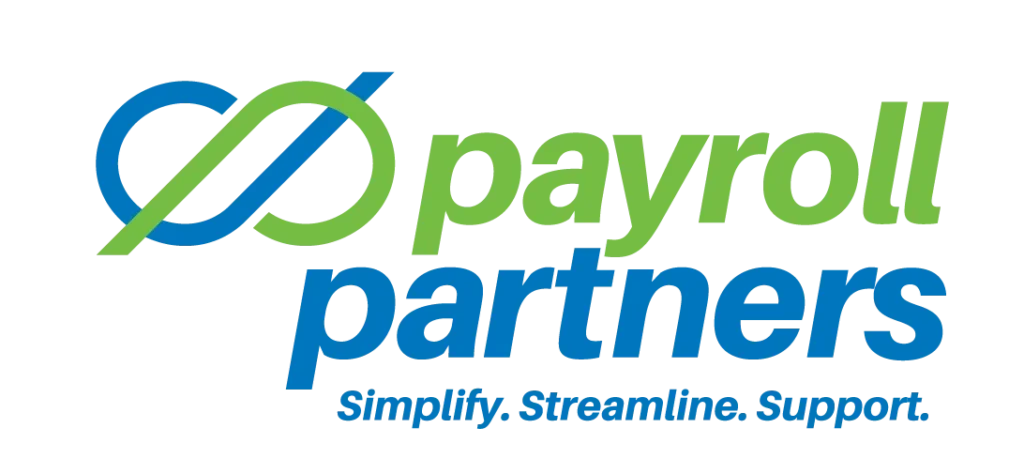The last thing employees and employers want is lost jobs. It means financial uncertainty for everyone involved, which is why most employers do everything they can to prevent downsizing or prolonged closures.
However, reality sometimes forces the situation, as is the case with the coronavirus disease 2019 (COVID-19) pandemic. Many businesses without the ability to have employees work from home have been ordered to close by the government, compelling employers to make tough decisions—namely, whether to lay off staff or furlough them.
What are furloughs?
Furloughs are periods where employees are not working nor getting paid. Essentially, workers are placed on temporary unpaid leave until the business reopens. Often times, furloughed employees retain their “employed” status and continue to receive their benefits. Depending on the employer (and potential contract or union stipulations), employees may even be allowed to work for other businesses while on furlough from their primary employer.
What are layoffs?
Whereas furloughs are temporary arrangements, layoffs are permanent. Layoffs are mass firings of employees, sparked by a need to cut expenses to save an organization in crisis—not typically due to employee performance. Unlike furloughed employees, laid-off employees no longer have access to their employee benefits. However, they are typically entitled to unemployment assistance.
Pros and Cons
Laying off employees might seem like an enticing option to an employer who needs to save money, but it may not be the right decision in every situation. Here are some other considerations to keep in mind when determining whether a furlough or a layoff is the best option:
-
- Laying off most or all of the workforce would necessitate recruiting, hiring and training a similar number of people once the ordeal is over. This can be extremely costly and time-consuming.
- Employers may still be obliged to provide benefits to their workers during a furlough. This can be too much of a burden in itself and force an organization into a mass layoff anyway.
- Furloughing some employees enables employers to keep a “rotating” schedule, where everyone has reduced hours instead of only a few having full hours.
- Layoffs immediately free up lots of money, in terms of benefits and salary payments.
- A furlough or layoff may trigger bargaining obligations, depending on the business.
- Furloughs enable employers to resume operations quickly after the situation changes.
- Furloughed employees may, in certain instances, still be able to use paid time off, reducing cost savings for employers.
- Furloughed employees may resent the business if they don’t receive any compensation (e.g., paid time off, health benefits or reduced hours) during this period. Disgruntled workers may not be eager to be productive when they return.
- Furloughed employees are generally still eligible for protected leave under the Family and Medical Leave Act. Laid-off employees are not.
- Furloughed employees may be entitled to health benefits under some provisions of the Affordable Care Act.
Making the Decision
At the end of the day, employers should do what’s right for their business. Even if that means layoffs, employers should handle the situation with tact. Here are a few tips for navigating this tough decision:
Develop a Plan
Be it a furlough or a layoff, employers must decide how they will handle an impending crisis. This could mean a limited staff reduction or something more severe. In the case of a furlough, employers should try to be as accommodating as possible. If only some workers must be furloughed, a rotating schedule may be a more equitable decision.
Communicate Honestly
Regardless of what an employer chooses, transparent communication is crucial. Let employees know that this situation is not a result of anything they did. Employees should also know that the precipitating factor was outside of the employer’s control (as opposed to mismanagement).
Be sure to clarify the benefits situation of employees as well. Furloughed employees may still have access to some of their benefits, unlike those who were laid off. Laid-off employees will want to know about any severance they’re entitled to.
Keep in Touch With Furloughed Employees
Employees on furlough should not conduct any work whatsoever. However, that doesn’t mean they can’t stay in contact with their employer or co-workers. In fact, occasional check-ins are encouraged to help workers maintain a sense of normalcy. Through email or text, employers should keep workers updated on the status of the business and when to expect resumed operations.
Legal Considerations
Employers should consult with their legal counsel prior to laying off or furloughing employees, as employers must ensure compliance with all applicable state and federal laws. The following are just a few laws to consider:
Title VII of the Civil Rights Act
Title VII protects against employment discrimination. When choosing which employees to furlough or lay off, employers must avoid basing decisions on protected statuses, like race, religion, gender or age.
The WARN Act
The Worker Adjustment and Retraining Notification (WARN) Act entitles workers to 60 days’ advance notice of impending layoffs. Employees typically must be made aware if the layoff is permanent or, in the case of a furlough, when they can expect to return. Note that there are also state-specific nuances associated with the WARN Act, and some exceptions apply, so employers would do well to consult with legal counsel prior to acting.
The FLSA
The Fair Labor Standards Act (FLSA) distinguishes between “exempt” and “nonexempt” employees. It is important to note that the FLSA requires exempt employees be paid their full salaries for any workweek in which any work is performed, even when their hours are reduced.
Conclusion
Deciding whether to lay off or furlough employees is not an easy task. Employers must weigh the welfare of their employees against the financial realities of running a business. In these situations, transparency is key for a smooth transition.
Article taken from the my HR Concierge website.
Legal Disclaimer: Payroll Partners is not engaged in the practice of law or human resources advice. The content in this email should not be construed as legal or human resources advice, and does not create an attorney-client relationship. If you have legal and/or human resources questions concerning your situation or the information you have obtained, you should consult with a licensed attorney or HR professional. Payroll Partners cannot be held legally accountable for actions related to its receipt.

